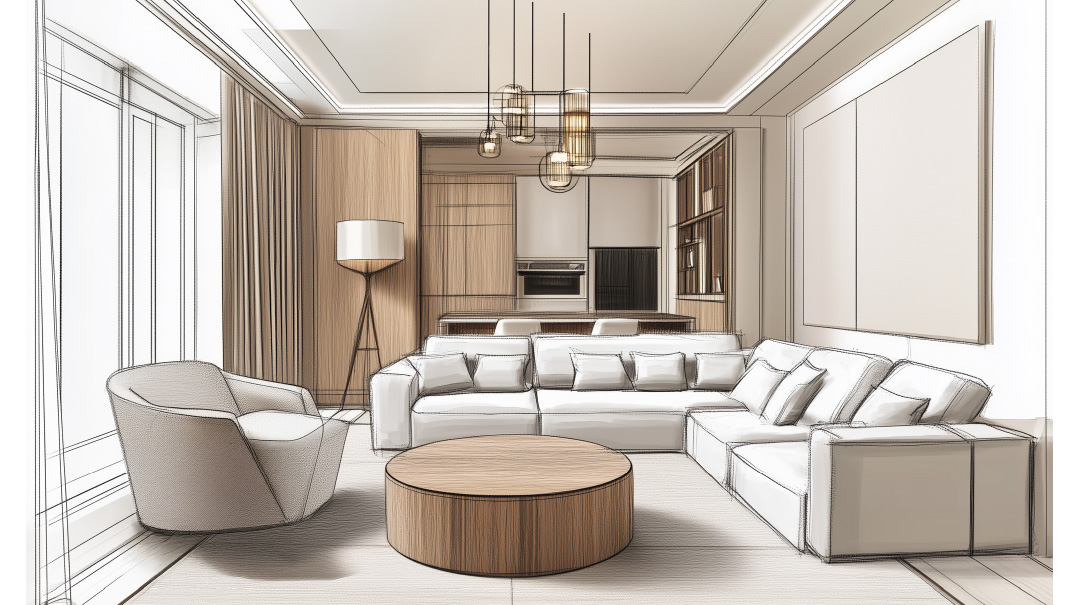So, you want to be a PHOTOGRAPHER…
| August 19, 2020A good photographer is artistic, creative, visual, good with people, patient, detail-oriented, and computer savvy. Business and marketing skills are also important

What will I be doing all day?
Photographers plan, compose, shoot, edit, and print images and scenes that record an event, tell a story, or sell a product. The job generally involves traveling to photograph people, objects, or events on location.
What kinds of settings can I work in?
Photographers work in a wide variety of settings. Some examples:
Portrait photographers take pictures of individuals or groups of people. They may work in studios or photograph events such as weddings and other celebrations.
Commercial and industrial photographers take pictures of objects such as buildings, food, products, or landscapes for the purpose of marketing or advertising.
Photojournalists take pictures of people, scenes, and events for the purpose of documenting them for newspapers, magazines, television, or online media.
Fine arts photographers use creativity and artistry to produce photographs to sell as artwork.
What kind of training do I need?
A formal post-secondary degree is not required to become a photographer; however, due to the highly technical knowledge needed for the field, many photographers take courses to learn and improve their skills. The majority of training takes place on the job, and many photographers will start out by working alongside experienced professionals to learn the trade.
That said, there are college degrees available in the field, which, depending on the photography specialty one chooses to pursue, such as photojournalism or scientific photography, can be helpful in landing a job. But more than a degree or training course, the photographer’s portfolio is the most essential factor in being hired.
Do I have the personality for it?
A good photographer is someone who is artistic, creative, visual, good with people, patient, detail-oriented, and computer savvy. Because the majority of photographers are freelancers, good business and marketing skills are also important.
What can I expect to earn?
Median salary range in the US: $52,263–$74,321 (Source: Salary.com)
Successful photographers, particularly in the commercial sector, can earn 6-figure incomes.
Tales From The Trenches
HUDI GREENBERGER, Toms River, NJ
Photography specialty: Food, products, and architecture
Years in Field: 8
My Typical Day at Work
Every day is literally something new and different — which is exactly why I love what I do. My work day usually runs from 10 a.m. to 5:30 p.m., but what I do during that time varies based on what I’m shooting.
If it’s a full-on food shoot, like the ones I do for Mishpacha’s Family Table, the first hour will be spent getting organized, looking over the recipes, and sorting out props and food for each shot. The first shot of the day always takes the longest — getting settled into a rhythm and finding the right stylistic mood is always a bit of trial and error. Once we find it, the rest is smooth sailing. Depending on the details of the props and set, we can usually cover around fourteen fully styled shots in a day.
For restaurant shoots, a day’s work can entail either 10 to 15 perfectly styled shots, or quicker work to knock out the entire menu in one day. Those shoots are extremely grueling (it’s a good thing there’s so much food to keep us fueled).
For product shoots, like a typical Amazon/e-commerce-style white background shoot, I’ll spend the beginning of the day grouping the products in the studio based on how they need to be shot so that I don’t need to change the set in between each product, and then I spend the rest of the day plowing through the shot list.
For interiors and architecture shoots, I start with a walkthrough of the space so that I can visualize my angles and lighting, and then I start shooting.
Why I Chose Photography
I used to work as a musician, playing guitar and doing sound engineering. I also gave lots of guitar lessons around Lakewood. So I figured I’d make a YouTube channel to teach Jewish-style kumzitz guitar for beginners, with a 30-second plug for my band. So, I bought my first camera and lighting kit to shoot these videos, assuming I’d never use them again.
But after seeing how much I liked it, I went on to train by watching videos online, reading books, and asking a ton of questions. And — most importantly — not being afraid of failure and shooting masses of terrible photos until I figured it out.
Oops! We could not locate your form.













